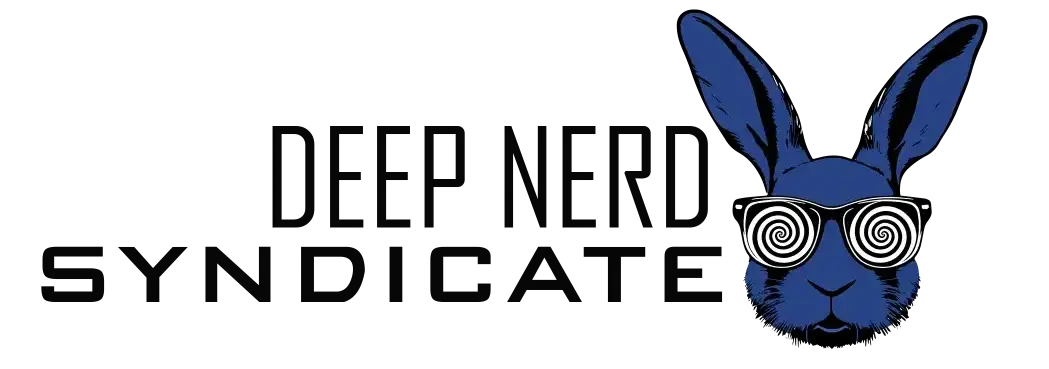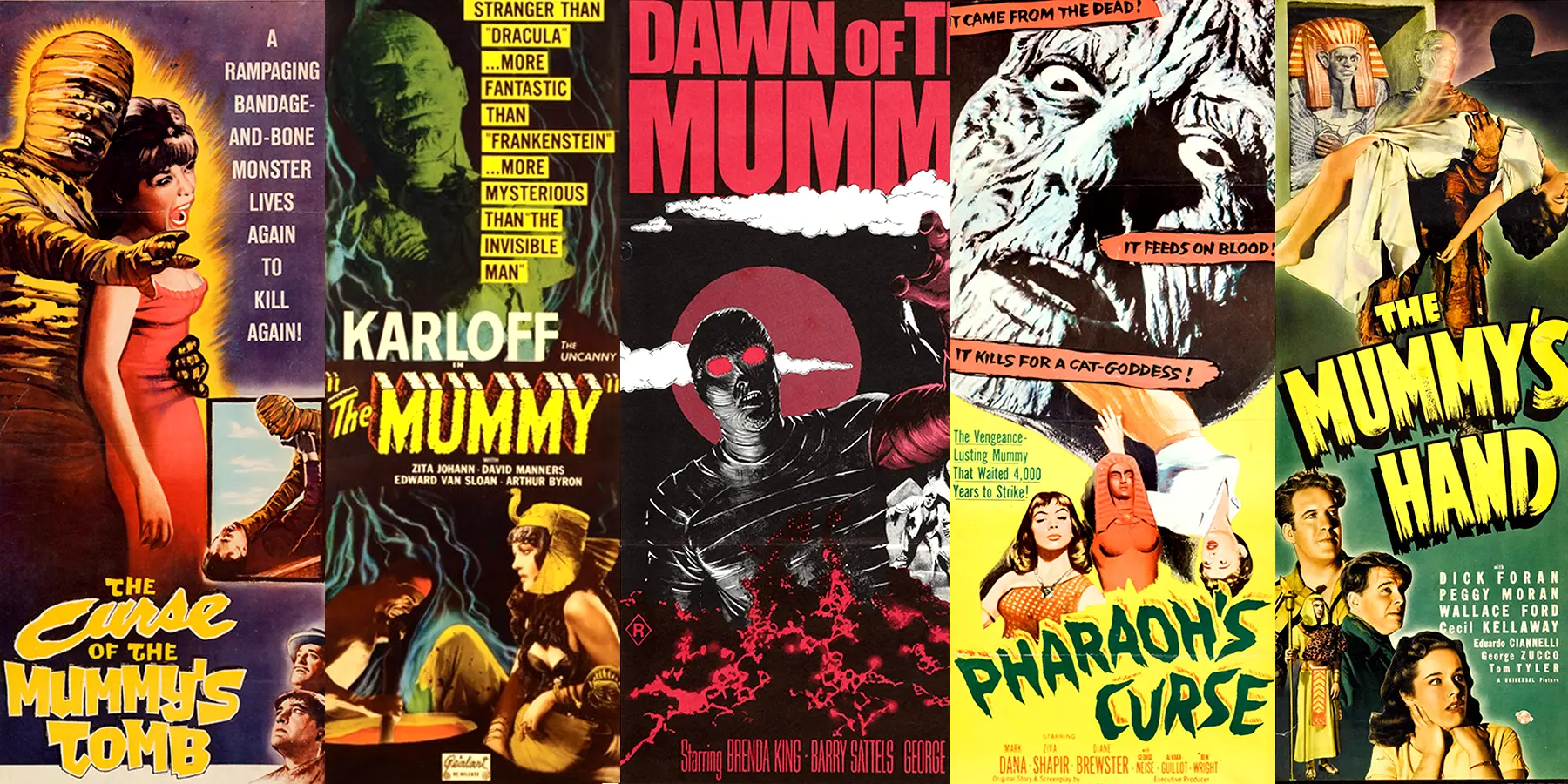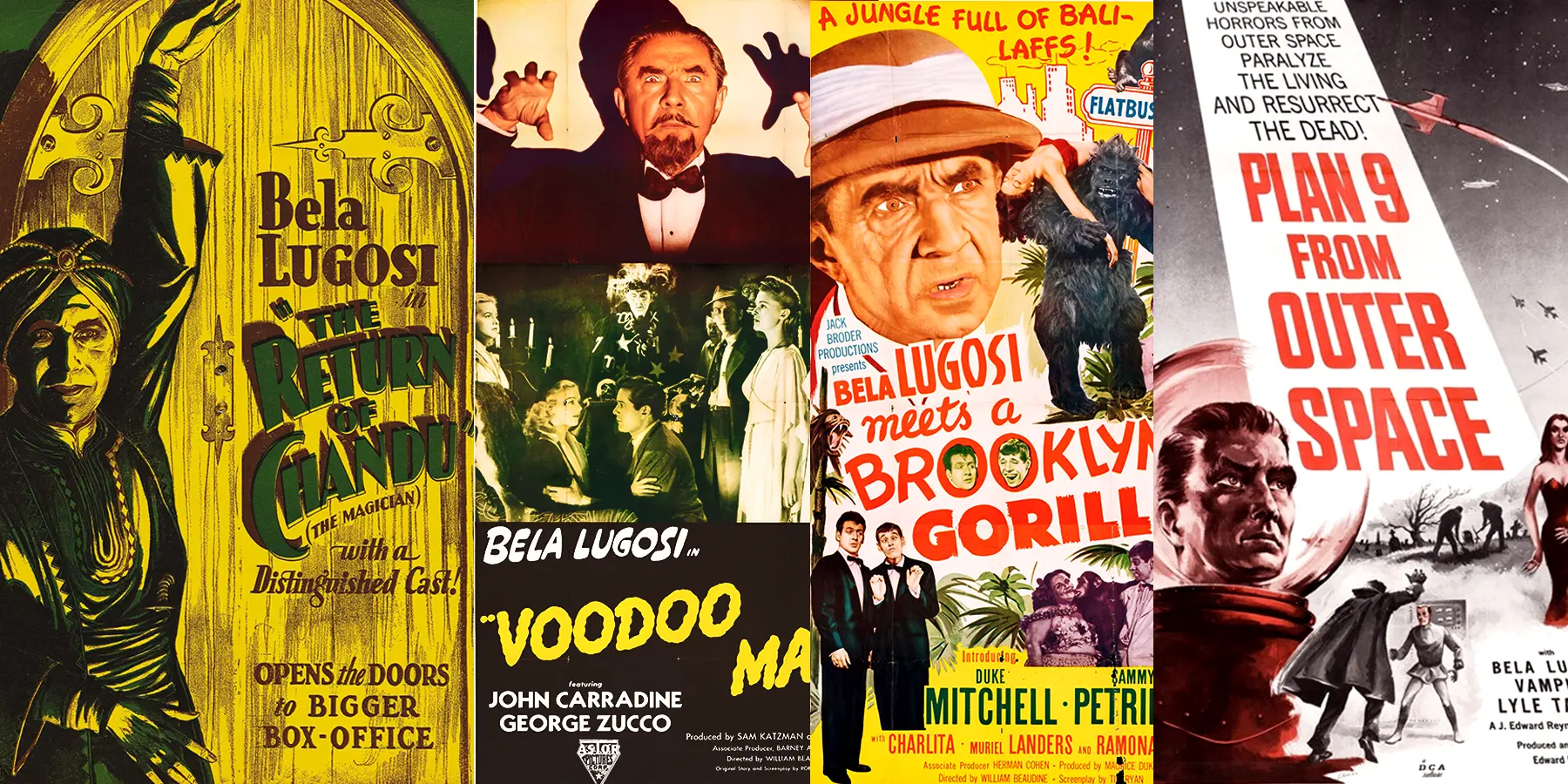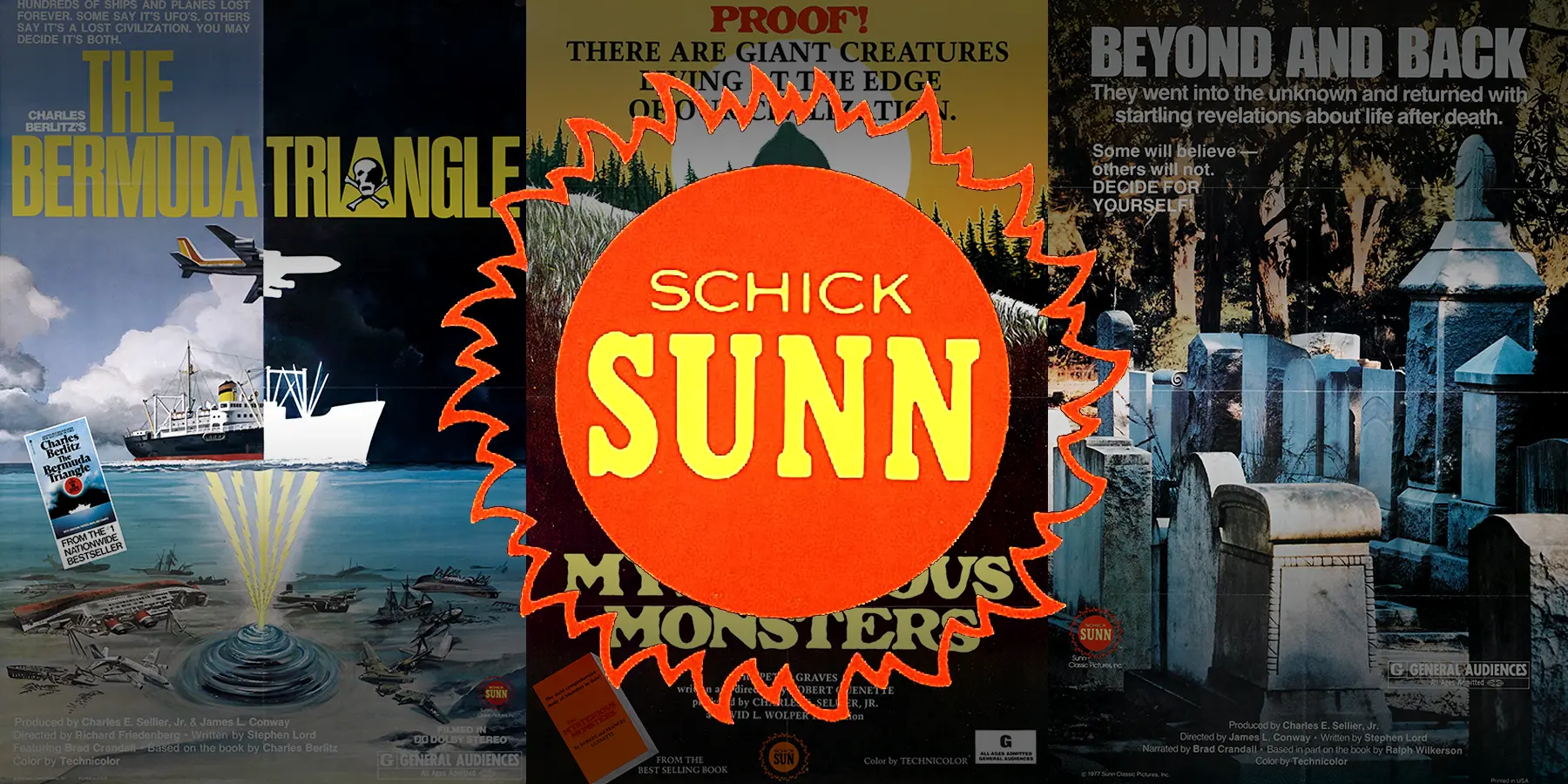Remember when comic books flew off the shelves and every kid had a stack under their bed? Flash forward to today, and the big question is: Are comic books dead?
Not exactly—but they are going through a messy, fascinating metamorphosis. While traditional superhero comics from giants like Marvel and DC are floundering, indie publishers, manga, and digital comics are rising like phoenixes out of a longbox.
Let’s crack this open like a mint-condition issue and look at why the comic book industry is struggling, who’s surviving (even thriving), and what the future might hold for this colorful, complex medium.
Why the Mainstream Comic Book Industry Is in Decline
They Aimed at Adults—and Missed the Kids
For years, mainstream publishers targeted nostalgic adults with complex storylines, gritty reboots, and mature themes. But by focusing so hard on readers in their 30s and 40s, they left younger audiences in the dust.
- Too Much Continuity: New readers often feel like they need a PhD in Marvel history to jump into an issue.
- Not Kid-Friendly: Fewer fun, accessible entry points for younger readers = shrinking future audience.
The Price of a Comic Today? Yikes.
In the early ’90s, a comic cost about $1.25. Today? You’re shelling out $3.99 to $5.99 per issue—and that’s just for one chapter in a long arc. For that price, many readers opt for:
- A full month of streaming services
- A whole digital manga volume
- Or just… skipping comics altogether
Pop Culture Loves Comic Book Movies—Not Comic Books
Marvel and DC movies dominate the box office. But that doesn’t mean people are racing to the comic shop afterward.
- Huge disconnect: MCU fans love the films but rarely buy the books.
- Missed synergy: Studios rake in billions while the original medium continues to flounder.
By the Numbers: Three Decades of Decline
| Decade | Annual Print Sales | Notes |
| 1990s | 100+ million copies | Collectibles boom, iconic arcs like The Death of Superman |
| 2000s | ~60 million copies | Rise of digital distractions, aging fanbase |
| 2010s | <50 million copies | Fewer young readers, higher prices |
| 2020s | Mixed signals | Brief COVID bump, but long-term decline continues |
In 1997, traditional comics pulled in $850 million.
By 2020, that had dropped to just $355 million in print sales.
So Who Is Thriving in the Comic World?
Indie & Alternative Publishers Are Killing It
These publishers said “No thanks” to capes and tights—and are now succeeding by serving readers with unique tastes and lower price points.
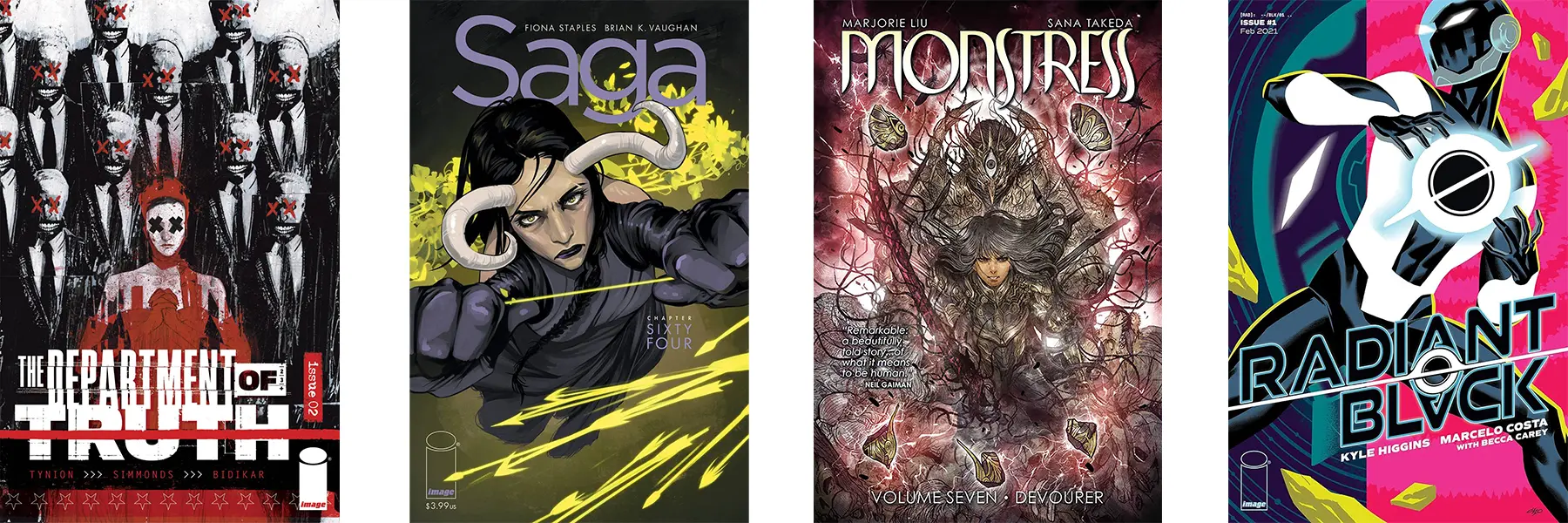
Image Comics
- Breakout Titles: Department of Truth, Saga, Monstress, Radiant Black
- What Works: Creator-owned, boundary-pushing, and deeply tied to social and psychological themes
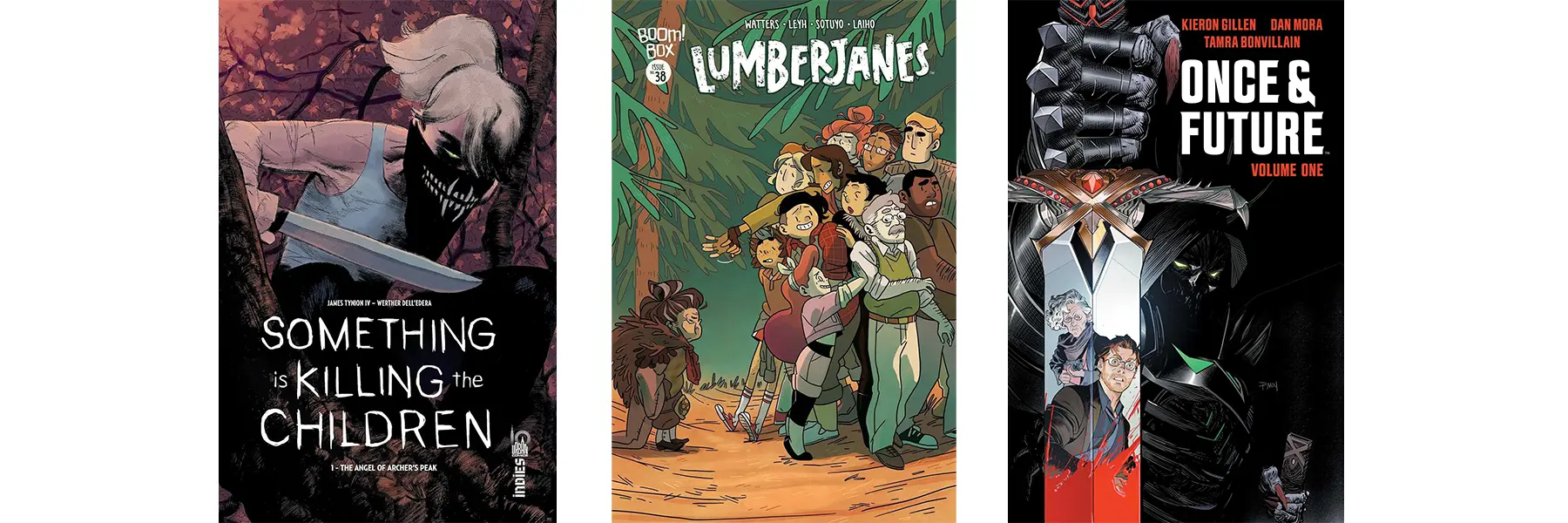
BOOM! Studios
- Hits: Something Is Killing the Children, Lumberjanes, Once & Future
- Why It Works: Horror, mystery, and LGBTQ+ inclusive stories for teens and young adults
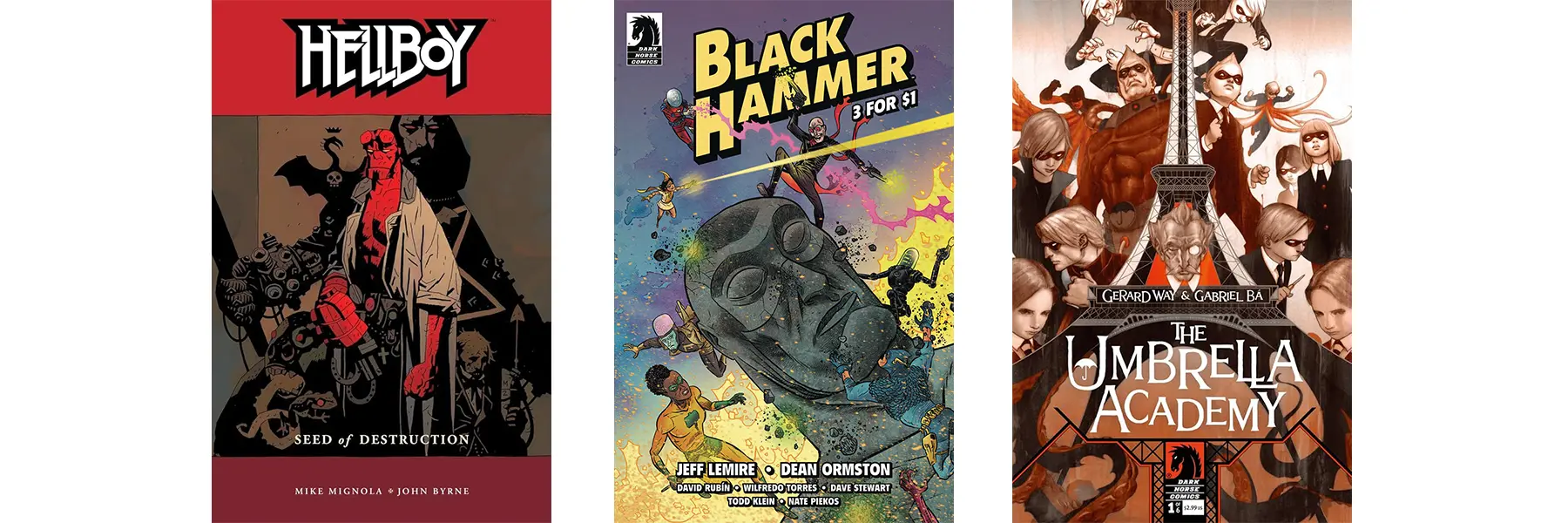
Dark Horse Comics
- Fan Favorites: Hellboy, Black Hammer, The Umbrella Academy
- Their Niche: Weird, stylish, and occasionally supernatural with cinematic flair
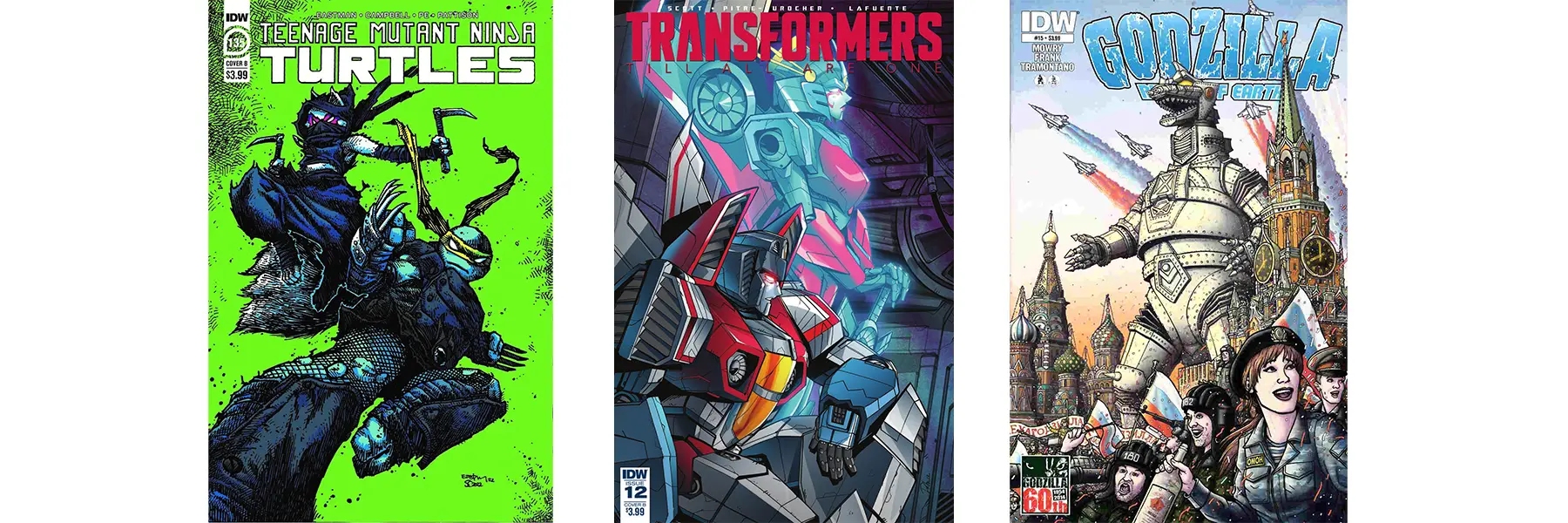
IDW Publishing
- Big Brands: Teenage Mutant Ninja Turtles, Transformers, Godzilla
- Appeal: Licensed IPs that hit the sweet nostalgia nerve without relying on superhero tropes
Manga’s Monster-Sized Comeback
Manga is crushing it globally, especially with Gen Z readers—and here’s why:
- Low cost: $9.99–$12.99 per volume, often cheaper than 2 floppies
- Straightforward stories: No 50-year backstories, just get in and go
- Genre buffet: Horror, romance, comedy, sci-fi, sports, slice-of-life—pick your flavor

Top-Selling Manga Titles
- Demon Slayer
- My Hero Academia
- Jujutsu Kaisen
- Spy x Family
- Attack on Titan
Manga publishers like VIZ Media and Kodansha have reported double-digit growth—in both digital and print.
Where the Real Growth Is Happening
Scholastic’s Graphix Imprint
- Books like Smile by Raina Telgemeier and Dog Man by Dav Pilkey are dominating school libraries and bookstore shelves.
Webtoons and Digital Comics
- Platforms like Webtoon and Tapas offer full stories (often free), built for mobile readers and funded through microtransactions or fan support.
- Genres span far beyond superheroes, attracting loyal young audiences.
Why Indie Comics Resonate More Today
Readers want stories that reflect the world around them—and smaller publishers are delivering.
- Department of Truth dives into conspiracy theories and mass manipulation
- Something is Killing the Children explores trauma, grief, and survival
- Many indie comics highlight underrepresented voices and real-world themes that mainstream superhero stories tend to avoid
So… Are Comic Books Dead?
Nope. But they are evolving.
- Traditional floppies? Struggling.
- Graphic novels, manga, and digital? Thriving.
What we’re seeing isn’t a death—it’s a rebirth. And like any good origin story, it’s going to take some time, experimentation, and probably a few more mutant jellyfish monsters.
Final Thought: Long Live the Panels!
Comic books aren’t dead—they’ve just outgrown their spandex. Whether you’re into indie horror, digital slice-of-life, or supernatural noir, there’s never been a better time to read something weird, wild, and wonderful.
